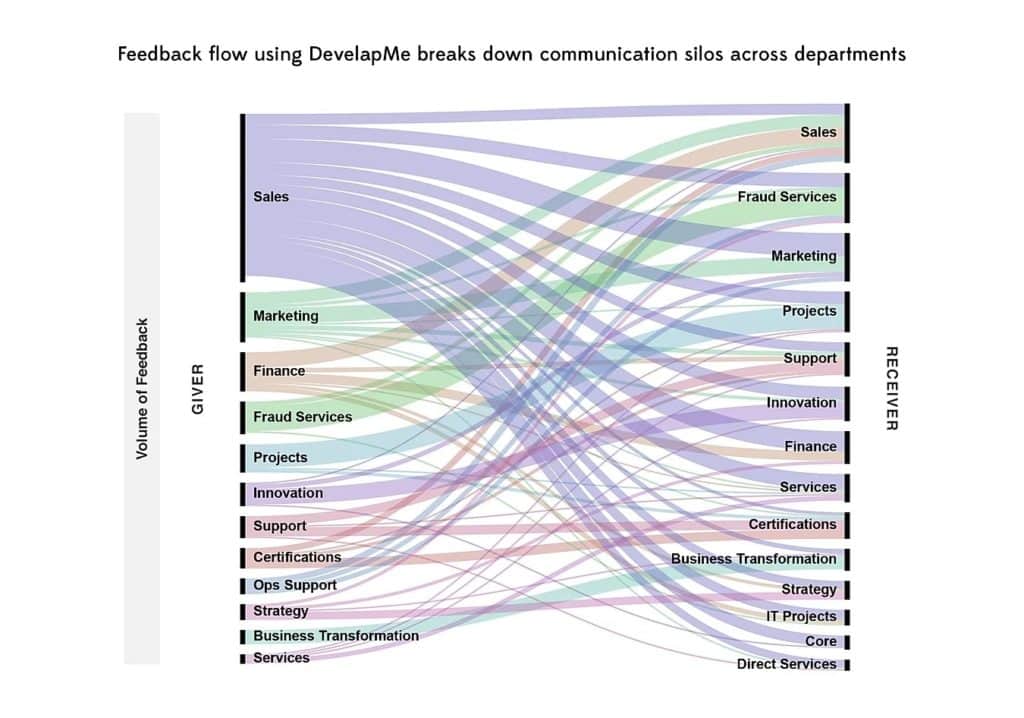For an evaluation process to be considered “fair,” it must be accurate in its assessment and comprehensive in its scope. Annual performance reviews, the dying but still-dominant form of corporate performance evaluation, fail to meet both of these criteria. The Society for Human Resource Management cites research showing almost 9 in 10 HR leaders say the process doesn’t yield accurate information. Furthermore, 66% of employees say the reviews are not relevant to their jobs. The annual performance review is essentially a single instance of mandated, top-down feedback fraught with biases both explicit and unconscious. Worse, the annual performance review is a massively influential determinant of salary, workplace security, and job position. We’ve previously discussed how real-time technologies like Slack and DevelapMe make companies more agile, successful, and transparent. In this blog post, we will focus on their ability to make the workplace more fair.
Real-time technology promotes workplace fairness in several ways:
Real-time technology dramatically improves feedback accuracy and level of detail because it allows feedback to be delivered as soon as a noteworthy instance occurs. Extended time period gaps separating noteworthy situations and feedback cause all but the most memorable events to be forgotten. It becomes increasingly difficult to accurately recall details as time passes. Therefore, performance assessments conducted through traditional channels (such as the annual performance review) are fragmented and incomplete.
Realistically, how much information regarding an employee’s performance from ten or eleven months ago can a manager recall, and how accurate is that recollection? Feedback is a powerful tool. It must be provided accurately to properly guide development. Real-time capabilities remove feedback time disconnect, enabling both the giver and receiver to remember the details of an event with clarity. Furthermore, feedback will be provided on significant instances as they occur, not retroactively when all but the most dramatic instances have faded from memory.
Real-time technologies increase feedback volume and variety to provide recipients with a robust collection of insights to erase the impact of individual biases. Feedback should be provided by managers, peers, and direct reports alike to gain a variety of perspectives. This creates a dialogue in which feedback flows freely between all parties. Because feedback is given by a wide variety of sources, each of whom has a unique relationship with the recipient, individual bias will be reduced. For example, the negative opinion of a single disgruntled coworker carries little weight if the vast majority of feedback provided by others directly contradicts its sentiment. Receiving feedback through a wide variety of channels allows recipients to identify themes or recurring messages and weight the value of feedback accordingly.

Increases in feedback volume and variety greatly improve overall feedback comprehensiveness. Employees work with different people when completing different components of their organizational roles. Each employee ideally receives feedback from everyone they impact, not just a single manager. Recipients gain a holistic assessment of workplace performance. Workplace fairness increases because employees receive feedback on all aspects of their work, not simply the portion visible to management. Real-time technologies ensure hard work doesn’t go unseen and progress doesn’t go unrecognized.
By clarifying employee goals and evaluation metrics, real-time technologies improve performance evaluation transparency. Transparency and fairness are intertwined; it is unreasonable to evaluate someone using criteria they do not fully understand. For example, employees recognize that providing excellent “customer service” is important. However, there are an endless number of factors contributing to the quality of customer service. Companies have endless variables to consider when evaluating employee performance. To clarify evaluation criteria, our team collaborates with companies to define specific competencies aligning with key business goals. We then subdivide these competencies into behaviors. Using DevelapMe, employees can see exactly which actions generate success in the “customer service” competency. Employees not only understand their end goals, but also recognize the skills, behaviors, and actions crucial to achieve them. Transparency removes ambiguity-created inefficiencies and helps employees elevate performance in their assessment metrics.

